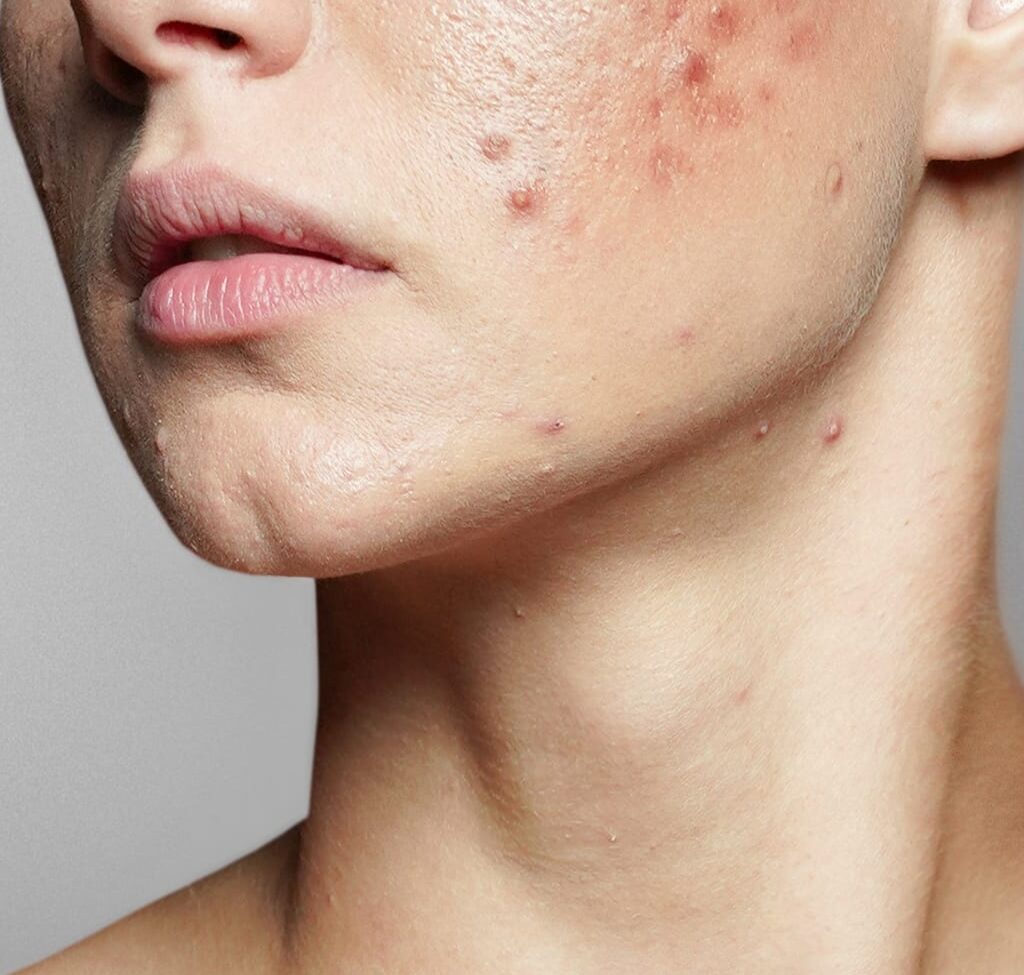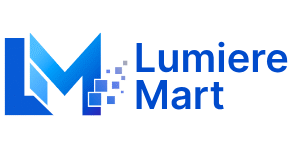Scars tell stories. Some people wear them with pride. Others seek ways to minimize their appearance. Laser scar removal offers hope for those wanting smoother, clearer skin. Focused light beams are utilized in laser scar removal to enhance the look of scars. This medical treatment targets damaged skin tissue with precision. The laser energy stimulates collagen production in treated areas. New collagen helps smooth texture differences between scars and healthy skin.
Medical researchers have studied laser scar removal for over two decades. Clinical trials show 50-75% improvement in scar appearance after treatment series. Dermatology experts at Baylor College of Medicine report minimal downtime with fractional laser methods. Studies demonstrate best results occur within 6-12 months after injury. Multiple treatment sessions spaced 4-8 weeks apart deliver optimal outcomes for patients.
Your scars don’t define you anymore. Modern laser technology offers real hope for clearer skin. Thousands of patients have already discovered life-changing results through these treatments. The before-and-after photos speak volumes about transformation possibilities. Take the first step toward the confident skin you deserve. Modern laser technology has revolutionized scar treatment. Patients notice noticeable changes in texture, color, and appearance. The results speak for themselves through countless before-and-after photos.
Understanding Different Types of Scars
Not all scars are the same. Each type requires a specific approach for optimal results.
Acne Scars
Acne scars create lasting reminders of teenage struggles. These scars appear in several forms:
Ice pick scars create deep, narrow indentations. They look like tiny holes in the skin. Fractional laser treatments work best for these challenging marks.
Boxcar scars have wider depressions with defined edges. They resemble small craters. CO2 lasers effectively reshape these areas.
Rolling scars create wavelike textures across the skin. They form when scar tissue pulls the skin downward. Fractional resurfacing smooths these irregular surfaces.
Surgical Scars
Surgery saves lives. The scars left behind can affect confidence. Common surgical scars include:
- Cesarean section scars
- Breast augmentation scars
- Facelift incision marks
- Tummy tuck lines
Raised, white, or darker than the surrounding skin are common appearances for these scars. Laser treatments can flatten raised areas and improve color matching.
Keloid Scars
Keloid scars grow beyond the original injury site. They appear thick, raised, and sometimes painful. People with darker skin tones are more likely to get these scars.
Laser treatment combined with steroid injections offers the most effective approach. The process requires patience and multiple sessions.
Burn Scars
Fire, chemicals, or extreme heat can leave severe scarring. Burn scars often cover large areas and create contractures that limit movement.
Laser therapy helps restore flexibility and improve appearance. Early treatment yields better results.
How Laser Scar Removal Works

Lasers work by creating controlled damage to scar tissue. This process triggers the body’s natural healing response.
Fractional Laser Technology
Fractional lasers create thousands of tiny treatment zones. These microscopic columns of thermal damage stimulate collagen production. New collagen fills in scarred areas and improves skin texture.
The surrounding untreated skin helps speed healing. This approach reduces downtime compared to older laser methods.
Ablative vs. Non-Ablative Treatments
Ablative lasers remove the top layer of skin. They provide dramatic results but require longer recovery times. Examples include CO2 and Erbium lasers.
Non-ablative lasers heat deeper skin layers without removing surface tissue. Although they offer less downtime, additional sessions might be necessary to achieve the best outcomes.
Most Effective Laser Types for Scar Treatment
Different lasers excel at treating specific scar types. Here are the most proven options:
Fraxel Restore Laser
The Fraxel system delivers fractional resurfacing with minimal downtime. Patients typically see 50-75% improvement in scar appearance after a series of treatments.
Recovery involves 1-2 days of swelling, 2-4 days of redness, and 4-7 days of peeling. Most people return to work within a week.
CO2 Laser Resurfacing
Carbon dioxide lasers provide the most dramatic results for severe scarring. They vaporize damaged tissue layer by layer.
This treatment requires longer healing times but delivers significant improvements in fewer sessions.
Pulsed Dye Laser (V-Beam)
The V-Beam laser targets red blood vessels in scars. It effectively treats:
- Red, inflamed scars
- Hypertrophic scars
- Early keloid formation
Improvement occurs gradually throughout several sessions spaced 6–8 weeks apart.
Nd: YAG Laser
The skin’s surface is unaffected by this laser’s deep penetration. It works well for darker skin tones and reduces the risk of pigmentation changes.
Real Patient Results: Before and After Transformations
Clinical studies and patient galleries demonstrate laser treatment effectiveness. Here are common improvements patients experience:
Acne Scar Success Stories
Patients with severe acne scarring see remarkable transformations. Deep ice pick scars become barely visible after 4-6 treatments. Rolling scars smooth out significantly.
One patient at Celibre Medical showed 80% improvement in cheek scarring after fractional CO2 treatment. The transformation took six months and five sessions.
Surgical Scar Improvements
Breast augmentation scars often fade dramatically with laser treatment. Raised, red incision lines become thin, white lines that blend with the surrounding skin.
Cesarean section scars respond well to combination therapy. While pulsed dye lasers lessen redness, fractional lasers smooth the texture.
Keloid Scar Reductions
Keloid scars present unique challenges. Success rates vary based on size, location, and individual healing response.
Combination treatment with laser therapy and steroid injections achieves 60-70% size reduction in most cases. The process requires 6-12 months of consistent treatment.
Treatment Timeline and Expectations
Realistic expectations lead to satisfied patients. Here’s what to expect during the treatment journey:
Initial Consultation
A qualified practitioner examines the scar and medical history. They discuss treatment options, expected outcomes, and potential risks.
Professional assessment determines the best laser type and treatment schedule.
Treatment Sessions
The majority of patients require three to six treatments, separated by four to eight weeks. Depending on the treatment region, each session lasts between thirty and ninety minutes.
Numbing cream or local anesthesia ensures comfort during the procedure.
Recovery Process
Post-treatment care significantly impacts results. Patients must:
- Keep the treated area clean and moisturized
- Avoid sun exposure
- Use prescribed topical medications
- Follow up with their practitioner regularly
Final Results
Maximum improvement appears 3-6 months after the final treatment. Collagen continues to remodel during this period.
Some patients see continued improvement for up to one year post-treatment.
Factors Affecting Treatment Success
Several factors influence laser scar removal outcomes:
Scar Age and Maturity
Compared to older scars, younger scars react better to treatment. The optimal treatment window is 6-12 months after injury.
Mature white scars require more aggressive treatment approaches.
Skin Type and Color
In general, laser therapy works better on lighter skin tones. Darker skin requires careful laser selection to prevent pigmentation changes.
Experienced practitioners use specific laser types and settings for different skin tones.
Patient Health and Age
Young, healthy patients typically heal faster and see better results. Smoking, diabetes, and certain medications can impair healing.
Good overall health supports optimal treatment outcomes.
Treatment Compliance
Following post-treatment instructions is crucial for success. Patients who skip follow-up appointments or neglect aftercare see reduced results.
Combining Treatments for Maximum Results
Many patients benefit from combination approaches:
Laser Plus Microneedling
Microneedling creates tiny channels in the skin. Combined with fractional laser treatment, it enhances collagen production and improves results.
Laser Plus Chemical Peels
Superficial chemical peels remove damaged surface skin. Combined with deeper laser treatments, they provide comprehensive skin rejuvenation.
Laser Plus Dermal Fillers
Deep scars may require volume replacement. Dermal fillers combined with laser resurfacing create smoother contours.
Safety Considerations and Potential Risks
Laser scar removal is generally safe when performed by qualified practitioners. Potential risks include:
- Temporary redness and swelling
- Pigmentation changes
- Infection
- Scarring (rare)
Choosing an experienced provider minimizes these risks.
Cost Considerations
Costs for laser scar removal vary depending on several factors:
- Scar size and severity
- Number of treatments needed
- Geographic location
- Provider experience level
Most treatments range from $200-$1,500 per session. Insurance typically does not cover cosmetic scar removal.
Alternatives to Laser Treatment
Other scar treatment options include:
- Steroid injections for keloids
- Surgical scar revision
- Topical scar gels and creams
- Silicone sheeting
Each option has specific applications and limitations.
Choosing the Right Provider
For both safety and results, choosing a competent practitioner is essential. Look for:
- Board certification in dermatology or plastic surgery
- Extensive laser experience
- Before-and-after photo galleries
- Positive patient reviews
- Proper facility accreditation
Post-Treatment Care Guidelines
Proper aftercare ensures optimal results and prevents complications:
Immediate Care (First 24-48 Hours)
- Apply ice packs to reduce swelling
- Keep the treated area clean and dry
- Avoid touching or picking at the skin
- Take prescribed pain medications as directed
Week 1-2 Recovery
- Use gentle, fragrance-free moisturizers
- Avoid direct sun exposure
- Wear broad-spectrum sunscreen when outdoors
- Follow wound care instructions carefully
Long-term Maintenance
- Continue sun protection indefinitely
- Use recommended skincare products
- Schedule follow-up appointments as directed
- Report any concerning changes to your provider
Future of Laser Scar Removal Technology
The field of laser scar removal continues to advance rapidly. Emerging technologies promise even better results with reduced downtime.
Picosecond lasers provide power in a trillionth of a second. This ultra-short pulse duration may provide superior results with less tissue damage.
Radiofrequency microneedling combines mechanical stimulation with heat energy. This dual approach shows promise for treating complex scarring patterns.
Fractional plasma technology employs ionized gas to bring the skin back to life. Early studies suggest excellent results with minimal downtime.
AI-guided laser systems are being developed to optimize treatment parameters for individual patients. These systems may reduce operator variability and improve outcomes.
Regenerative medicine approaches combine laser treatment with stem cell therapy or growth factors. These cutting-edge treatments may accelerate healing and enhance results.
The future of scar treatment lies in personalized medicine. Genetic testing may soon guide treatment selection for optimal outcomes. Combination therapies will become more sophisticated, targeting multiple aspects of scar formation simultaneously.
Laser scar removal has transformed from an experimental procedure to a proven medical treatment. Millions of patients have experienced life-changing results through these advanced technologies. The remarkable before-and-after transformations demonstrate the power of modern laser medicine to restore confidence and improve quality of life.
As technology continues advancing, even more dramatic results await future patients. The combination of improved laser systems, a better understanding of wound healing.

